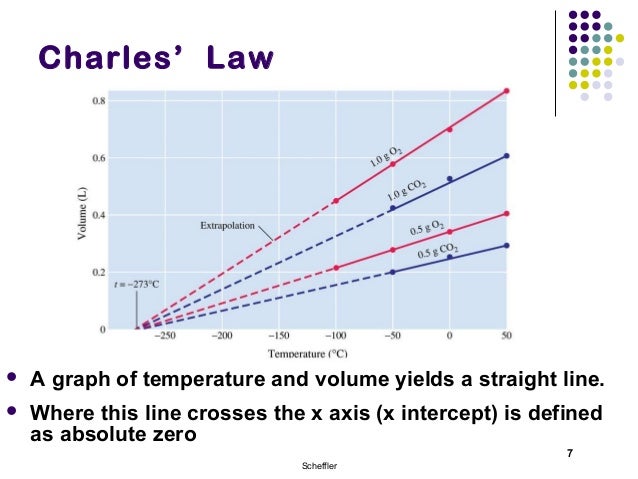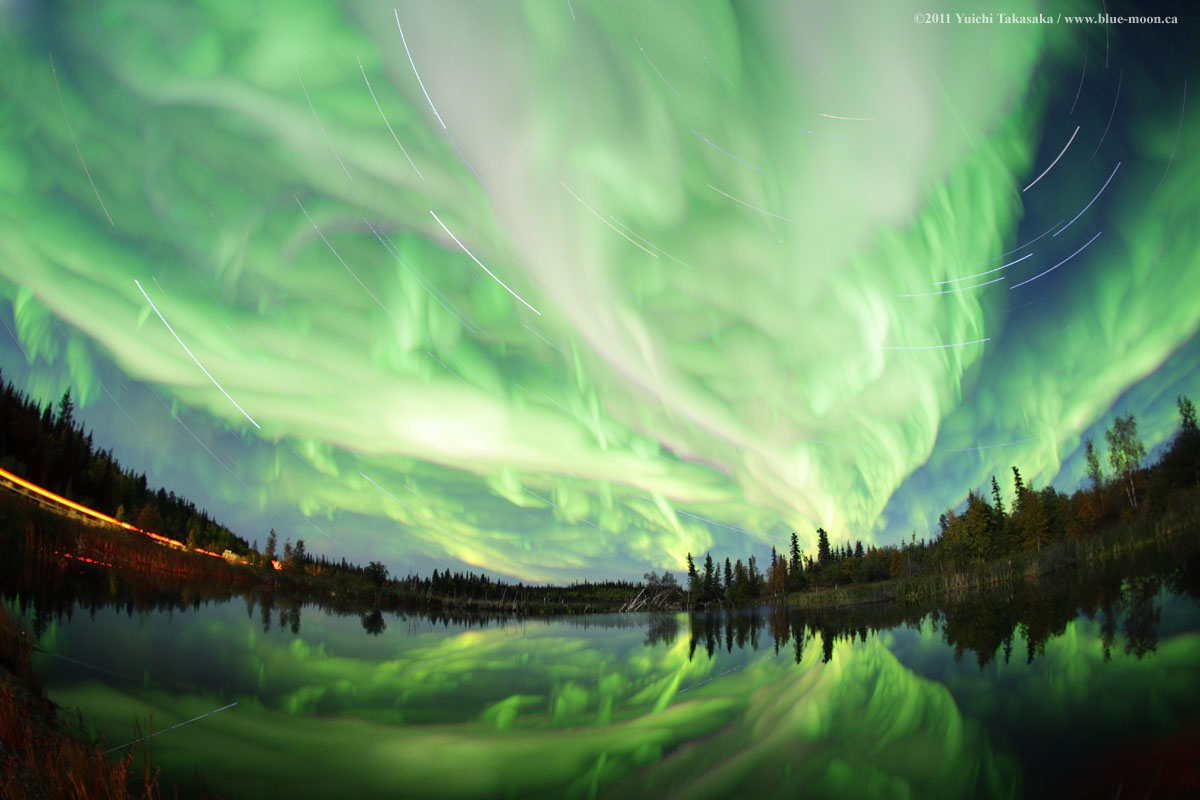1. Stand up straight and maintain a strong and proud bearing. Don't fidget or cross your arms, as it seems to carry negative connotations. A person's body language can tell a lot about them.
2. Make eye contact. I admit, this is hard for me. But if you simply smile and watch/listen while people talk, everything will go great! Just be careful not to make too much eye contact. Find a happy medium that is comfortable for you and who you're talking to.
3. Dress for success! What you wear can have a positive or negative effect on you. Do you just throw on whatever you feel like 5 minutes before you walk out the door? Or do you take a minute to look in the mirror? People will compliment you for a good outfit.
4. Keep a good mannerism. Knowing that you are being polite can make your self esteem boost.
5. Be optimistic. Anything can happen, but as long as you focus on and expect good things, good things will flock to you! This is called the Law Of Attraction.
6. Sound like you are informed. Instead of jumping to put a word into the conversation, pause for a moment. Speak calmly, avoiding words like "um" and "uhh".
7. Do things that make you happy. You are always more confident when you are enjoying what you are doing. Make time for you.
8. Get into the groove. Put yourself in your comfort zone, no matter how scary the situation might be. Remind yourself that you can do whatever you set your mind to.
9. Keep laughing. They say laughter is the best medicine. Even if you aren't enjoying the moment, tell yourself you are and eventually you will be!
10. Believe in yourself. Know that you can do anything and everything, and the only thing that is stopping you is you telling yourself that you can't. You can do it!
11. Live up to a good reputation. If you are honest, kind, reliable, responsible, etc., you will immediately feel more confident because you are a good person at heart.
12. Be healthy. Exercising and keeping a healthy diet can be the key to living a healthy life.
13. Be happy. Happiness is contagious, and everyone loves a happy person!
14. Be yourself. It's so sad when people try to be someone else because they are scared they won't fit in. You'll bring yourself and others around you down. Instead, embrace your talents and show the world the kind of person you truly are!
15. Think and act positive. Surround yourself with inspiration and enthusiasm. The better you feel, the better your outlook on life will be.
So, you see, all these ways and more can help you train yourself to be more confident. Just remember that everyone around you feels just the same way you do. You can do whatever you set your mind to. Nothing can stop you from accomplishing your dreams.
Song: Confidence Artist: Demi Lovato Taken At: American Music Awards 2015






